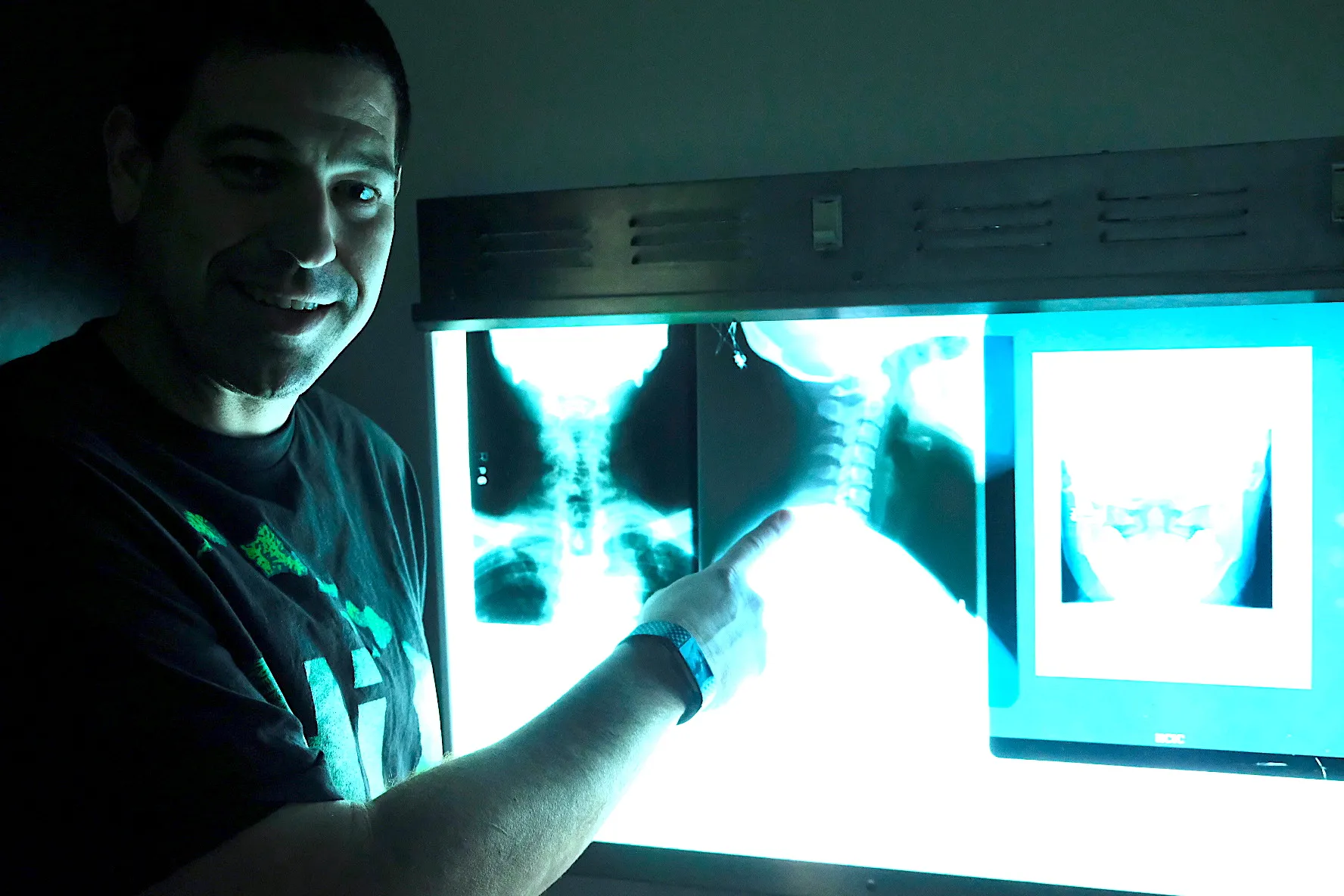X-ray tech has long been the backbone of medical imaging, crucial in diagnostics and treatment. From its inception in the late 19th century to its modern-day applications, the advancements in this field have been remarkable. Today, the evolution of this technology continues to shape the future of healthcare, bringing with it new possibilities for improved patient outcomes.
A Brief History
The discovery of X-rays by Wilhelm Conrad Roentgen in 1895 revolutionized the medical field. Initially, X-rays were primarily used to diagnose bone fractures and other skeletal issues. However, the technology quickly expanded its scope, enabling physicians to view internal organs and detect various conditions without invasive procedures. Over the decades, enhancements in image quality, safety measures, and equipment design have made X-rays a standard tool in medical diagnostics.
Modern-Day Applications
Today, X-ray imaging is more sophisticated than ever. Digital radiography has replaced traditional film-based methods, offering faster results and reducing radiation exposure. This shift to digital also allows for better storage and sharing of images, making it easier for healthcare providers to collaborate and consult on cases.
One of the most significant advancements is 3D imaging, which provides more detailed and accurate views of the body’s internal structures. This technology is particularly beneficial in complex cases, such as identifying tumors or planning surgical procedures. Moreover, the integration of artificial intelligence (AI) in radiology has the potential to further enhance diagnostic accuracy, as AI algorithms can quickly analyze images and identify abnormalities that might be missed by the human eye.
Current Trends and Innovations
The field of radiology is constantly evolving, with several trends shaping its future. One of the most exciting developments is the growing use of AI and machine learning. These technologies are being integrated into imaging systems to assist radiologists in interpreting scans more efficiently. For instance, AI can help in detecting early signs of diseases like cancer, potentially leading to earlier interventions and better patient outcomes.
Another trend is the push toward reducing radiation exposure. While modern X-ray systems already use minimal radiation, ongoing research aims to further decrease exposure without compromising image quality. This is particularly important in pediatric care, where minimizing radiation is crucial for protecting young patients.
Portable imaging devices are also gaining popularity, especially in emergency and remote settings. These compact machines can be easily transported to different locations, making it possible to perform X-rays in situations where traditional equipment would be impractical. This innovation is particularly valuable in disaster response, military applications, and rural healthcare, where access to medical facilities may be limited.
The Future of X-Ray Tech
As technology continues to advance, the future of radiology looks promising. The combination of AI, machine learning, and improved imaging techniques will likely lead to even more accurate and efficient diagnostic processes. Additionally, the ongoing efforts to reduce radiation exposure will make X-ray imaging safer for patients across all age groups.
In conclusion, X-ray technology remains a cornerstone of medical imaging, with continuous innovations ensuring its relevance in modern healthcare. As we move forward, the integration of cutting-edge technologies will undoubtedly enhance the capabilities of radiology, ultimately improving patient care and outcomes.



